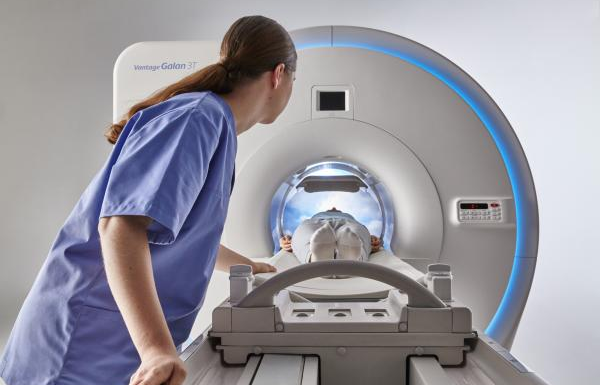
Clinical imaging is a vital aspect of modern healthcare crucial in diagnosing and treating various medical conditions. However, the terminology, technology, and procedures associated with medical imaging can be confusing and overwhelming for patients. This article provides a guide to help patients understandclinical imaging and the importance of this diagnostic tool.
Different Types of Medical Imaging
There are several types of imaging techniques used in modern medicine. These include:
X-Rays
X-rays are the most common imaging test used to visualize the body’s internal structures. This imaging technique involves passing a small amount of radiation through the body to produce an image on film or a digital device. X-rays commonly diagnose bone fractures, lung infections, and dental problems.
CT Scans
CT or computed tomography scans use X-rays to produce detailed body images. This imaging technique involves taking multiple X-ray images of the body from different angles, which are combined to create a 3D image. CT scans commonly diagnose cancer, cardiovascular disease, and lung infections.
MRI Scans
Magnetic resonance imaging (MRI) scans use a strong magnetic field and radio waves to produce detailed body images. MRI scans commonly diagnose conditions such as brain tumors, spinal cord injuries, and joint problems.
Ultrasound
Ultrasound uses high-frequency sound waves to produce images of the body’s internal structures. This imaging technique is commonly used to diagnose pregnancy, heart disease, and gallbladder problems.
How Does Medical Imaging Work?
Medical imaging works by producing images of internal structures of the body using various techniques. Healthcare professionals use the images produced by these techniques to diagnose and treat medical conditions.
During a radiology procedure, the patient is positioned on a table or bed, and the imaging device is positioned around or above the body part being examined. The patient may be asked to hold their breath or remain still during the imaging procedure to ensure clear images are produced.
Preparing for a Diagnostic Imaging Procedure
Before undergoing an imaging test, patients may need to prepare in advance. Depending on the type of imaging procedure, patients may need to fast for several hours or refrain from certain activities or medications. Patients should consult their healthcare provider to determine the preparations for their specific imaging procedure.
What to Expect During a Medical Imaging Procedure
Patients may feel various sensations during a diagnostic imaging procedure, including heat, cold, and pressure. Patients may also be asked to hold their breath or remain still during the imaging procedure to ensure clear images are produced.
After the imaging procedure, patients may be able to resume normal activities immediately, or they may need to rest for a short period, depending on the type of procedure and any potential side effects.
Interpreting Diagnostic Imaging Results
After the diagnostic imaging procedure, healthcare professionals will analyze the images produced to make a diagnosis and develop a treatment plan. Patients may receive their results immediately or need to wait for a follow-up appointment to discuss them with their healthcare provider.
Patients need to understand that the images produced by medical imaging techniques can be complex and difficult to interpret. It is essential to rely on the expertise of healthcare professionals to interpret the images and make a diagnosis.
Clinical imaging is a vital aspect of modern healthcare crucial in diagnosing and treating various medical conditions. Patients should understand the different types of medical imaging techniques, how they work, and the risks and benefits associated with each procedure. Patients must discuss concerns with their healthcare provider before a diagnostic imaging procedure. With a better understanding of medical imaging, patients can feel more confident and informed about their healthcare decisions.

